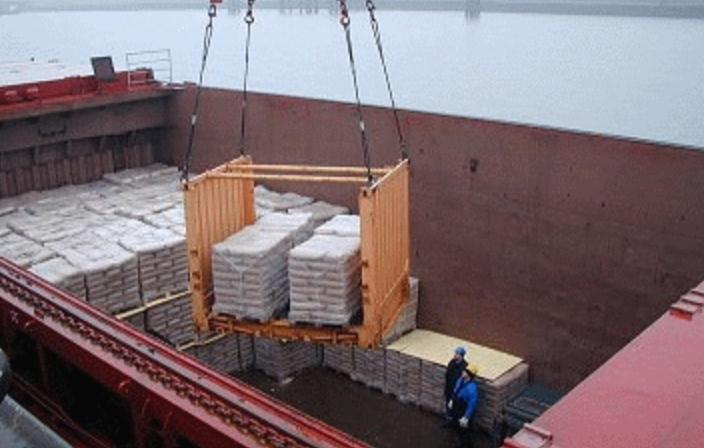Cargo stowage must be performed in the best way, in all the types of ships.
If onboard, you will follow the procedure of the Cargo stowage and securing code (CSS), you will never encounter a problem.

Page Contents
-Purpose of Cargo stowage and securing code
The purpose of this code is to provide an international standard for the safe stowage and securing of cargoes.
As per SOLAS CAP VI and VII.
General principles of cargo stowage
The general principles of stowage and securing of cargoes are the follows:
1. Cargoes are to be stowed and secured so that the ship and person on board are not at risk
2. Stowage and securing should be planned executed and monitored propyl
3. The personnel that are carrying out the tasks should be qualified and experienced
4. The personnel involved in the planning and executing task must have practical knowledge of the application of the Ships cargo securing manual.
5. Stowage and securing must be planned with the most severe weather conditions that you can encounter during your voyage.
6. As the last important point mentioned by the cargo stowage and securing code is that the ship handling decision during the bad weather must be considered very carefully.
Consideration to avoid cargo shift during the Cargo stowage
- Dimension and physical properties of the cargo
- Location of cargo during the stowage onboard
- Expected seasonal weather conditions
- Expected ship behaviour during the voyage
- Stability of the ship
- The geographical area of the voyage
- Duration of voyage
This was the leading risk that must be considered during the cargo stowage.
After evaluating the risk of cargo shifting, other important consideration must be taken:
- Deck area clean without grease oil
- All the Necessary securing equipment are on board
Chapter of cargo stowage and securing code
Chapter 1
This part is related to the general information including definition forces, cargo behaviour cargo equipment and ship information.
Chapter 2
Details principles of safe stowage and securing of cargos as:
- Suitability of cargo for transport
- Cargo distribution
- Cargo securing arrangements
- Residual strength
- Shipboard supervision and inspection
Chapter 3 and 4
Standardized and semi-standardized stowage and securing.
Including the safe stowage of veichels
Chapter 5
Non standardized stowage and securing.
Example like particularly cargoes which are difficult to stow similar to:
- Portable tanks
- Heavy cargoes
- Heavy metal products
- Anchor chains
Chapter 6
Describe the action to be taken in heavy weather and advice on the measures to avoid excessive acceleration:
- Alteration of course or speed
- Avoidance of adverse weather
- Voyage planning to prevent areas of severe weather and sea conditions.
Chapter 7
Actions that may be taken once the cargo has shifted. The code recommends the following steps for considerations
- Altering of course
- Reduction of speed
- Monitoring the integrity of the ship
- Resotwins or resecuring the cargo
- Increasing friction
- Diversion of a route or seeking shelter
This is, in summary, the stowage and securing code, where you can have an overview of the code.
For more details, of course, read the official documentation.
